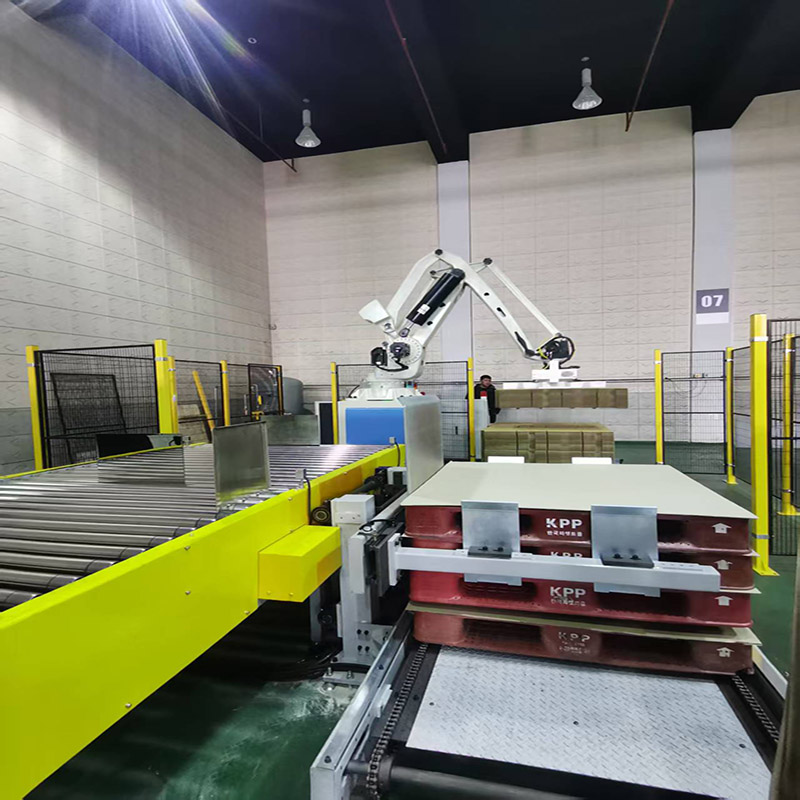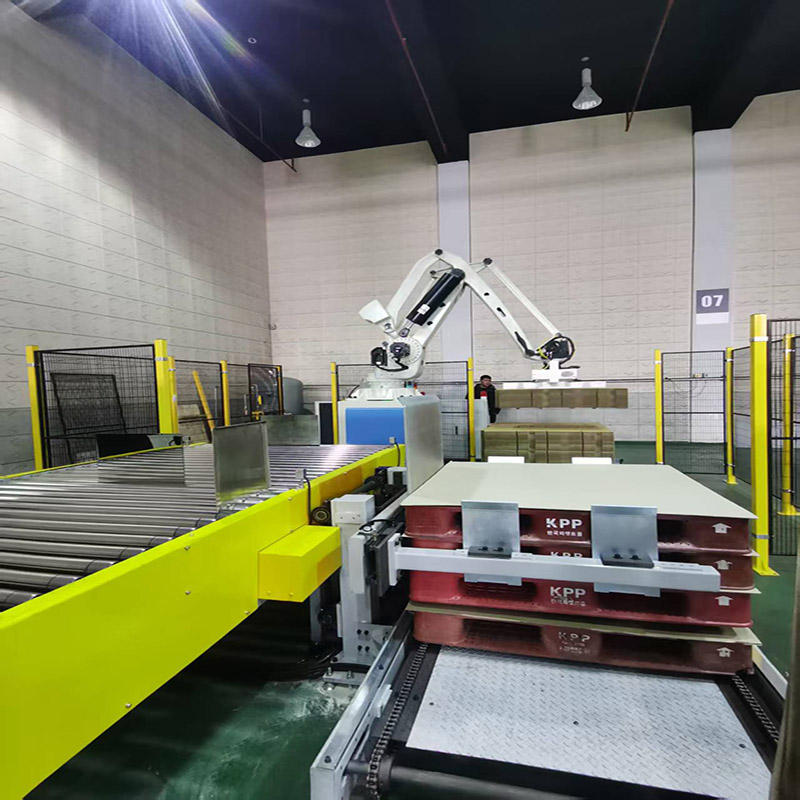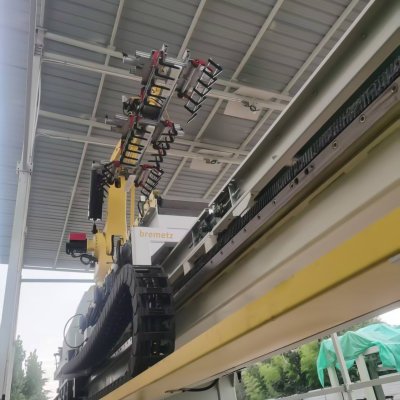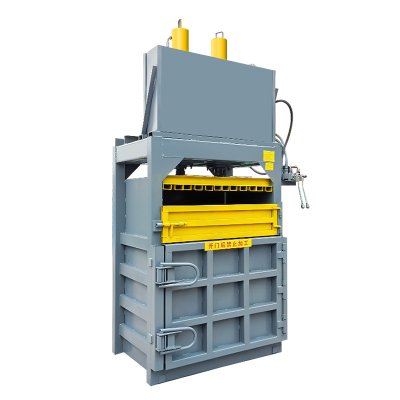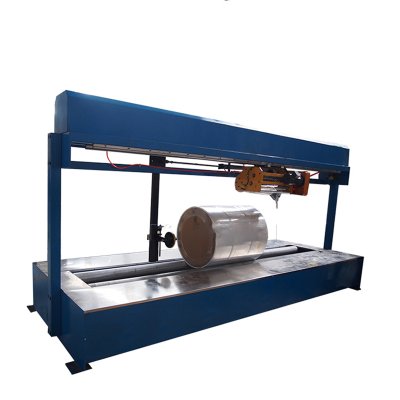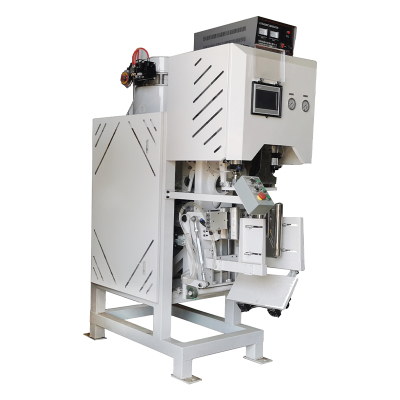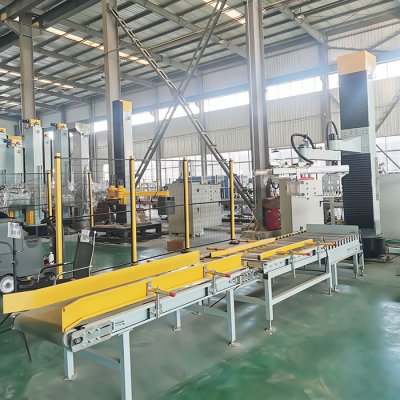Carton corrugated cardboard palletizing conveyor line
The corrugated carton palletizing production line uses automation technology to achieve the stacking, handling and storage of cartons, which has significant advantages in the manufacturing, logistics and warehousing fields. The advantages are as follows:
1. Improved efficiency
2. Cost optimization
3. Flexibility and adaptability
4. Enhanced safety
5. Quality consistency
6. Intelligence and digitalization
Application scenario examples
Food and beverage industry: rapid processing of fragile bottled goods (such as beer boxes and beverage boxes), palletizing more than 2,000 boxes per hour.
E-commerce logistics: cope with massive orders during peak periods such as "Double 11", support daily processing of more than 100,000 boxes.
Chemical industry: replace manual labor in hazardous environments and carry corrosive product packaging boxes.
The corrugated carton palletizing production line uses automation technology to achieve the stacking, handling and storage of cartons, which has significant advantages in the manufacturing, logistics and warehousing fields. The advantages are as follows:
1. Improved efficiency
High-speed operation: The automated palletizing robot can run at a speed of up to dozens of cartons per minute, far exceeding manual operation (usually manual palletizing is about 5-10 cartons/minute).
Continuous operation: Supports 24-hour uninterrupted operation without manual shifts, especially suitable for peak order periods or emergency needs.
Reduce process delays: Seamlessly integrate with front-end and back-end equipment (such as packaging machines, conveyor lines, AGVs) to form a fully automatic assembly line and reduce intermediate stagnation.
2. Cost optimization
Manpower cost savings: A single production line can replace 4-8 workers, and long-term use significantly reduces labor costs.
Reduced loss: Precise mechanical operation (error <1mm), reducing carton collisions, deformation or damage (the damage rate can be reduced to less than 0.5%).
High space utilization: Optimize the stacking mode through algorithms, improve the pallet loading rate (usually increase by 10-20%), and save storage and transportation costs.
3. Flexibility and adaptability
Multi-specification compatibility: Quickly switch cartons of different sizes through visual systems or programming (such as switching from type A to type B in just 1-2 minutes).
Diversified stacking types: Support multiple modes such as tic-tac-toe stacking, staggered stacking, and rotary stacking to adapt to different load-bearing and transportation requirements.
Intelligent adjustment: Dynamically detect abnormal carton size or shape, automatically adjust the grasping strategy, and reduce downtime.
4. Enhanced safety
Reduce the risk of work-related injuries: Replace manual handling of heavy boxes (such as cartons over 20kg), reduce muscle strain, falls and other accidents.
Stable operation: It can still operate stably in high temperature, low temperature or dusty environments, avoiding the health risks of manual operation.
5. Quality consistency
Precise positioning: The robot arm has a repeated positioning accuracy of ±0.1mm to ensure that each layer of cartons is aligned to avoid the risk of stack collapse.
Standardized output: unified pallet type meets transportation and warehousing standards (such as European EPAL pallet standards), reducing customer complaints.
Data traceability: record the palletizing time, quantity and abnormal conditions of each batch to facilitate quality traceability.
6. Intelligence and digitalization
Internet of Things (IoT) integration: real-time monitoring of equipment status (such as motor temperature, energy consumption), predicting maintenance cycles, and reducing downtime.
Production data analysis: optimize production scheduling through MES or ERP systems, such as adjusting palletizing priorities based on historical data.
Remote control: support cloud management, realize multi-factory equipment collaboration and remote fault diagnosis.
Application scenario examples
Food and beverage industry: rapid processing of fragile bottled goods (such as beer boxes and beverage boxes), palletizing more than 2,000 boxes per hour.
E-commerce logistics: cope with massive orders during peak periods such as "Double 11", support daily processing of more than 100,000 boxes.
Chemical industry: replace manual labor in hazardous environments and carry corrosive product packaging boxes.

